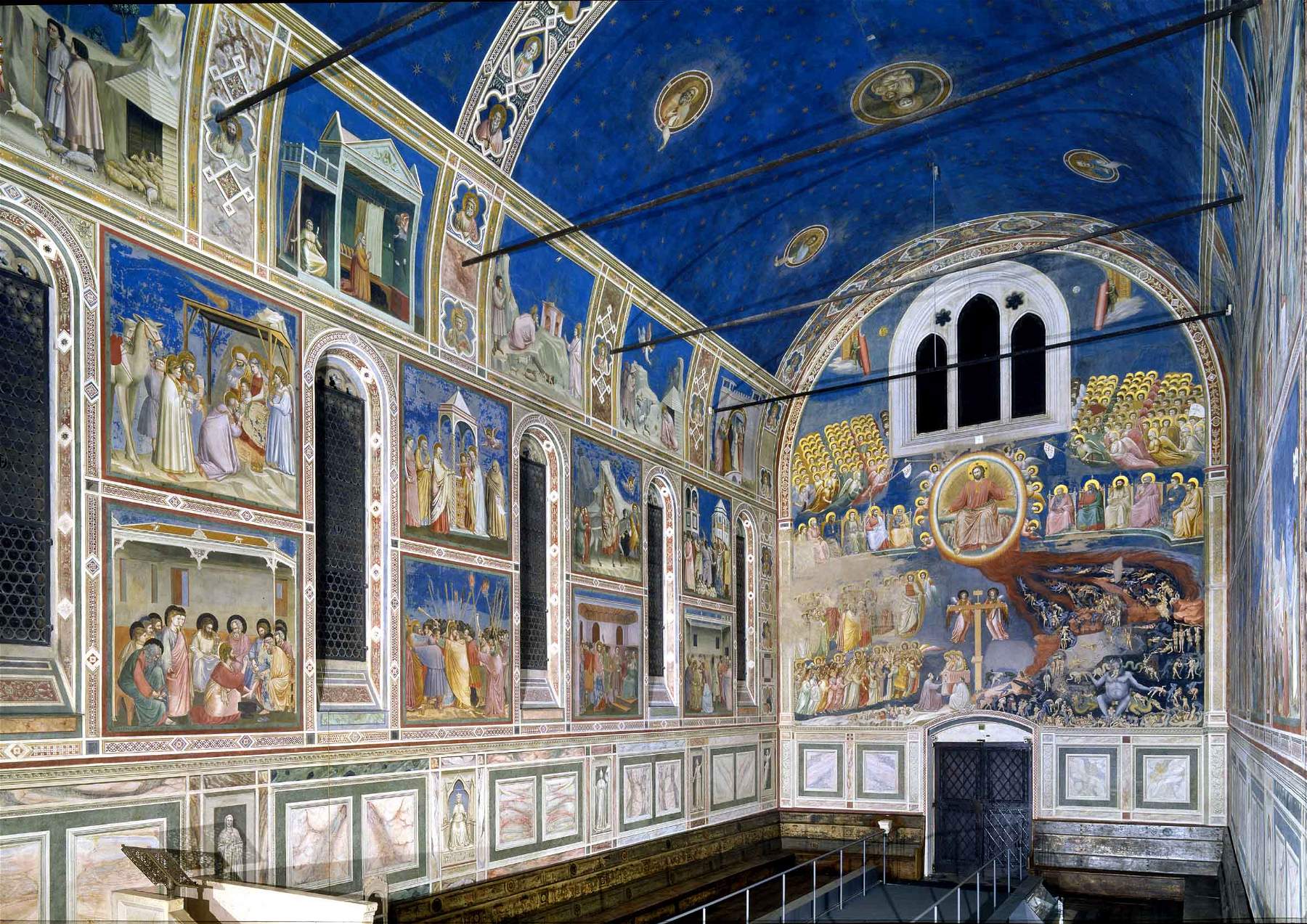Italy has two new World Heritage Sites: the frescoes of Padua and Montecatini
Great news forItaly from the 44th Session ofUNESCO ’s World Heritage Committee underway until July 31 in Fuzhou, China: not only has our country avoided the risk of seeing Venice end up on the endangered heritage list, but we now have as many as two new sites on the World Heritage List! They are Padua Urbis Picta and Montecatini Terme, the latter included in a transnational site, The Great Spas of Europe, along with seven other nations. This brings to 57 the number of Italian sites inscribed on the World Heritage List, and our country once again leads the ranking alone, ahead of China.
The candidacy of Padua Urbs picta comes after the postponement of the 2020 UNESCO Committee session due to the Covid-19 pandemic. Both the 2020 and 2021 candidacies are therefore proclaimed during this session, which for Italy sees under discussion the possible proclamation of “I Portici di Bologna,” which is still being verified.
Padua has proposed for inscription on the UNESCO World Heritage List a “serial site” that includes all the precious and great fresco cycles of the 14th century preserved in eight buildings and monumental complexes of the city: the Scrovegni Chapel, the Church of Saints Philip and James at the Eremitani, the Palazzo della Ragione, the Chapel of the Reggia Carrarese, the Baptistery of the Cathedral, the Basilica and Convent of St. Anthony the Oratory of St. George and the Oratory of St. Michael. To fresco the walls of these places, during the 14th century, some of the most extraordinary artists of the time: Giotto, who with the frescoes of the Scrovegni Chapel achieved his absolute masterpiece, Guariento di Arpo, Giusto de’ Menabuoi, Altichiero da Zevio, Jacopo Avanzi and Jacopo da Verona.
These are the main passages with which UNESCO justifies the inclusion of Padua Urbs picta in the World Heritage List: “Padua’s fresco cycles illustrate the important exchange of ideas that existed between leading figures in science, literature and the visual arts in the pre-humanist climate of Padua in the early 14th century. The artists showed great skill in giving visual form to these ideas, and their technical skills enabled the Paduan fresco cycles not only to become a model for others, but also to prove remarkably resistant to the passage of time. The group of innovation-seeking artists gathered in Padua simultaneously fostered an exchange of ideas and know-how that led to a new style in fresco painting. This new style not only influenced Padua throughout the 14th century, but formed the inspirational basis for centuries of fresco work in the Italian Renaissance and beyond. With this veritable revival of an ancient painting technique, Padua provided a new way of seeing and representing the world, heralding the advent of Renaissance perspective. These innovations mark a new era in art history, producing an irreversible change of direction.”
It has thus been recognized that the great Paduan fresco cycles of the 14th century represent a unique example in the world of a system of exceptional universal value (“outstanding universal value” to use the UNESCO terminology) because of their historical-artistic relevance, because of their magnitude (over 3600 sq. m. of wall paintings), because within a defined area, namely the historic center of Padua, in a territorial context in which the tradition of the painted wall has been documented since the 10th century. With this recognition, the Veneto also becomes the Italian region with the largest number of UNESCO sites and Padua one of the few cities in the world to hold two: since 1997, in fact, the Botanical Garden of the University of Padua has been a UNESCO site. Created in 1545, it is in fact the oldest garden in the Western world to still retain the form and location of its origins, having kept its cultural and scientific mission intact for more than five centuries.
As for Montecatini Terme, the spa town in Tuscany, as mentioned, is part of the transnational site The Great Spas of Europe, which includes eleven European spas from seven different nations: Baden bei Wien (Austria), Spa (Belgium), the Bohemian Triangle consisting of Karlovy Vary, Františkovy Lázně and Mariánské Lázně (Czech Republic), Vichy (France), Bad Ems, Baden-Baden and Bad Kissingen (Germany), Montecatini Terme (Italy) and Bath (United Kingdom).
“All these cities,” reads the justification provided by UNESCO, “developed around natural mineral water springs. They testify to the international European spa culture that developed from the early 18th century to the 1930s, leading to the emergence of major international spas that impacted urban typology around complexes of spa buildings such as the kurhaus and kursaal (buildings and rooms dedicated to therapy), pump rooms, lobbies, colonnades and galleries designed to take advantage of natural mineral water resources and to enable their practical use for bathing and consumption. Related facilities include gardens, meeting rooms, casinos, theaters, hotels, and villas, as well as supporting infrastructure specific to the baths. These complexes are all integrated into an overall urban context that includes carefully managed recreational and therapeutic environments in a picturesque landscape. Together, these sites embody the significant interchange of human values and development in the fields of medicine, science and balneology.”
Three more sites were inscribed as UNESCO World Heritage Sites in today’s session: theHima Cultural Area (Saudi Arabia), the Cordouan Lighthouse (France), and the Mathildenhöhe art colony in Darmstadt (Germany). The evaluation of nominations will continue until July 28 so more surprises are not excluded.
 |
| Italy has two new World Heritage Sites: the frescoes of Padua and Montecatini |
Warning: the translation into English of the original Italian article was created using automatic tools. We undertake to review all articles, but we do not guarantee the total absence of inaccuracies in the translation due to the program. You can find the original by clicking on the ITA button. If you find any mistake,please contact us.





























